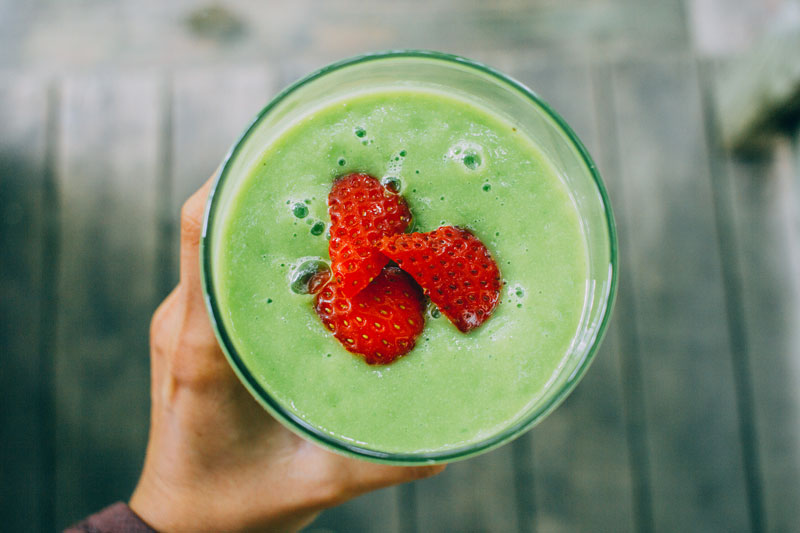
When you’ve completed a long, hard run, you can feel your muscles beginning to seize up almost instantly and the shakes soon set in. The temptation is to quickly wipe the sweat off your forehead and sit down, blocking the hard run out of your memory.
What you soon realize, especially as you get older, is that this is never a good idea. After just 30 minutes of relaxation, you can barely stand up from the stiffness. Oh, and we’ve not even mentioned the world of aches and pain you’ll be in the next day.
Don’t worry though, this pain is completely normal. In fact, it’s a sign your body is well on its way to healing itself. When you run, or perform intense exercise, you produce micro tears in the muscle fibre. In order to adjust, your body repairs this and builds more muscle.
Your Window of Opportunity
Although there are some mixed views, most research concludes that replenishing your glycogen stores and refuelling with food is most beneficial as close a possible to having completed exercise.
One of the best ways to do this is through a smoothie, with the right kinds of nutrients, because it is easy for your body to process and digest. It’s also one of the quickest things to prepare post-run, rather than waiting for something to cook.
Big meals after exercise can take a while to digest, and let’s face it, the thought of cooking a fancy meal after a run can be more daunting than the run itself.
What to Put in Your Drink?

If you follow any fitness fanatics on the likes of Instagram or other platforms, you’ll see smoothies popping up all over the place. What you don’t get to see, aside from a pretty photo, is the science behind choosing the ingredients.
Once you understand better how each component of the smoothie is benefitting you, you can let your creative juices flow and come up with all sorts of recipes.
Carbohydrates

Here, you should aim to get in a mix of complex and simple carbs, because it is more effective at replenishing your glycogen levels than only getting in one source of carbohydrates. As well as replenishing glycogen, carbs also help slow down the release of cortisol which is what contributes to muscle breakdown. Here are a few ideas for you to include:
- Fruit
- Vegetables
- Grains
- Legumes
Protein

The one sure thing people are aware of post-exercise is protein intake. Although there are many myths flying around about how much you need and where it should come from, the underlying truth is that you do need protein to help you recover.
Protein works best when combined with carbohydrates, which is why it’s a good idea to fit it into your post workout smoothie. The great thing is that it doesn’t just need to come from meat.
You can your protein intake from whey powder, milk or from plant based proteins. Think about the following ingredients for good sources of delicious protein for your smoothie:
- Cottage cheese
- Almonds or almond butter
- Pumpkin seeds
- Chia seeds
- Oats
- Kale
- Avocado
Electrolytes

You’ve probably noticed this on the labels of many sports drinks but likely unaware of its benefits, or even what it is. After exercise, electrolytes help rehydrate you more effectively than water alone because it replenishes your sodium, potassium, calcium and magnesium stores.
Here are some excellent ingredients to put in your drink:
- Coconut water
- Dates
- Banana
- Nut butter
- Dark leafy greens, like beet and kale
Essential Fatty Acids

This is something which needs to be consumed, as it cannot be produced by the body on its own. The consumption of EFA helps to reduce muscle inflammation and can be consumed through the following ingredients which are great for smoothies:
- Flaxseed oil
- Coconut oil
- Avocado
- Almond butter
- Cashew nuts
 Your Privacy Choices
Your Privacy Choices
 The
The